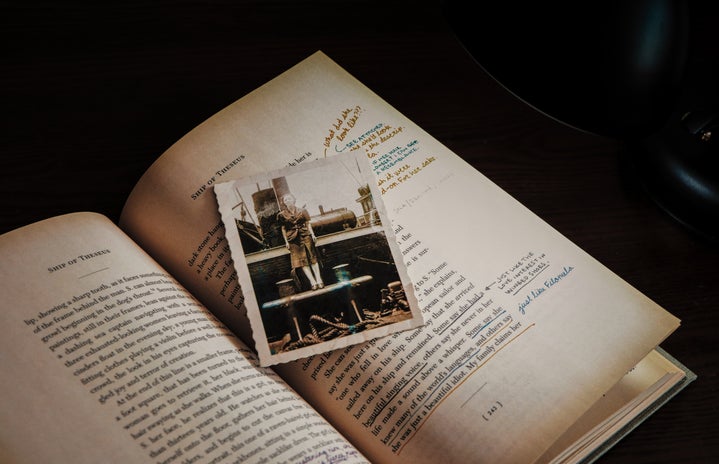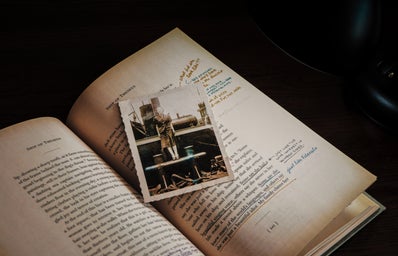The social institution of a family as we understand it today has undergone several massive changes to evolve from its conventional definition of a social unit created by blood marriage or adoption. Today, the wholeness of a family structure cannot be put into neat boxes and labelled as per the binaries of nuclear (consisting parents and children) and extended (consisting other relatives too). Severely under-researched are those families that exist beyond the purview of the aforementioned conventional definitions.
Beyond the world of academia lies the layman’s world where the word family finds a definition based entirely on bonds of love and love alone. A modern definition of the word family encompasses a fluidity of structure to make room for childless families, single-parent families, pets and plants as families, quasi family units based on non-marital cohabitation and other family configurations.
Today, as we grow old in a world that constantly critiques materialism, modern family structures push us to re-examine such evaluations. A layman’s definition of a modern family covers not just the living but even seemingly lifeless objects. These objects are often symbolic of the memories that pour life into them and in that respect, they often represent people. Distinct from mortal humans, the superpower of these objects is their perennial existence as the remains of the people who left. Surely, people can’t be expected to detach themselves from objects that turn into family, can they?
To explain my idea of ‘material mates’, I seek inspiration from the first episode of the American romantic comedy anthology television series, Modern Love’s second season. The episode titled “On a Serpentine Road, With the Top Down” is in a very real way, a story not of a person but an object. Dr. Stephanie Curran has built a new life for herself after her first husband’s death. With two daughters and a caring second husband she is living what seems to be a tranquil life until she’s faced with the question of selling her first husband’s car, too young to be truly vintage and too old to be riding without supplements.
Even as she eventually makes up her mind to give up the car, it’s a painful decision for her. Over the years, the car had become an indispensable unit of her family taking them through the simple and tough routes on the good and the bad days. The car had been a protected purchase made by her first husband and after his passing, it became a huge chunk of what was left of him. The car had ceased to be a mere possession for Dr. Curran and her daughter. It stayed with them as a reminder of their good old life. It was Dr. Curran’s first husband’s material presence in her life.
The episode very beautifully depicted the memories attached to the car. It had the physical space for their family of three, a giant Christmas tree and dozens of joyous and bleak memories. Every year Dr. Curran spent a fortune to preserve its charm and every time she drove it, she found her companion, her husband seated next to herself. In that car she had a space to express herself, it was almost like it was listening.
Dr. Curran was attached to the car, an object that was symbolic of her late husband’s presence in her life. Even as her memories were hers alone, they seemed to have been trapped inside the doors of the car. How was she expected to give up on whatever remained of her first family in the form of her husband’s car?
The aforementioned episode cautions us to pay attention to the layman’s expanding definition of a family and to acknowledge the life that memories fuel into objects that people hold close to their hearts. A person and their car form a family, a person and their bed form a family, a person and their books form a family, a person and their source of love undoubtedly form a family. We’ve spent too many naïve moments shaming people for their attachment to material possessions without realizing that feeling deeply for people, places or things has always been a human strength not folly. Every time a person finds their happy place in the middle of things and settings it’s a reminder that they’re not alone, even in seemingly empty spaces.


